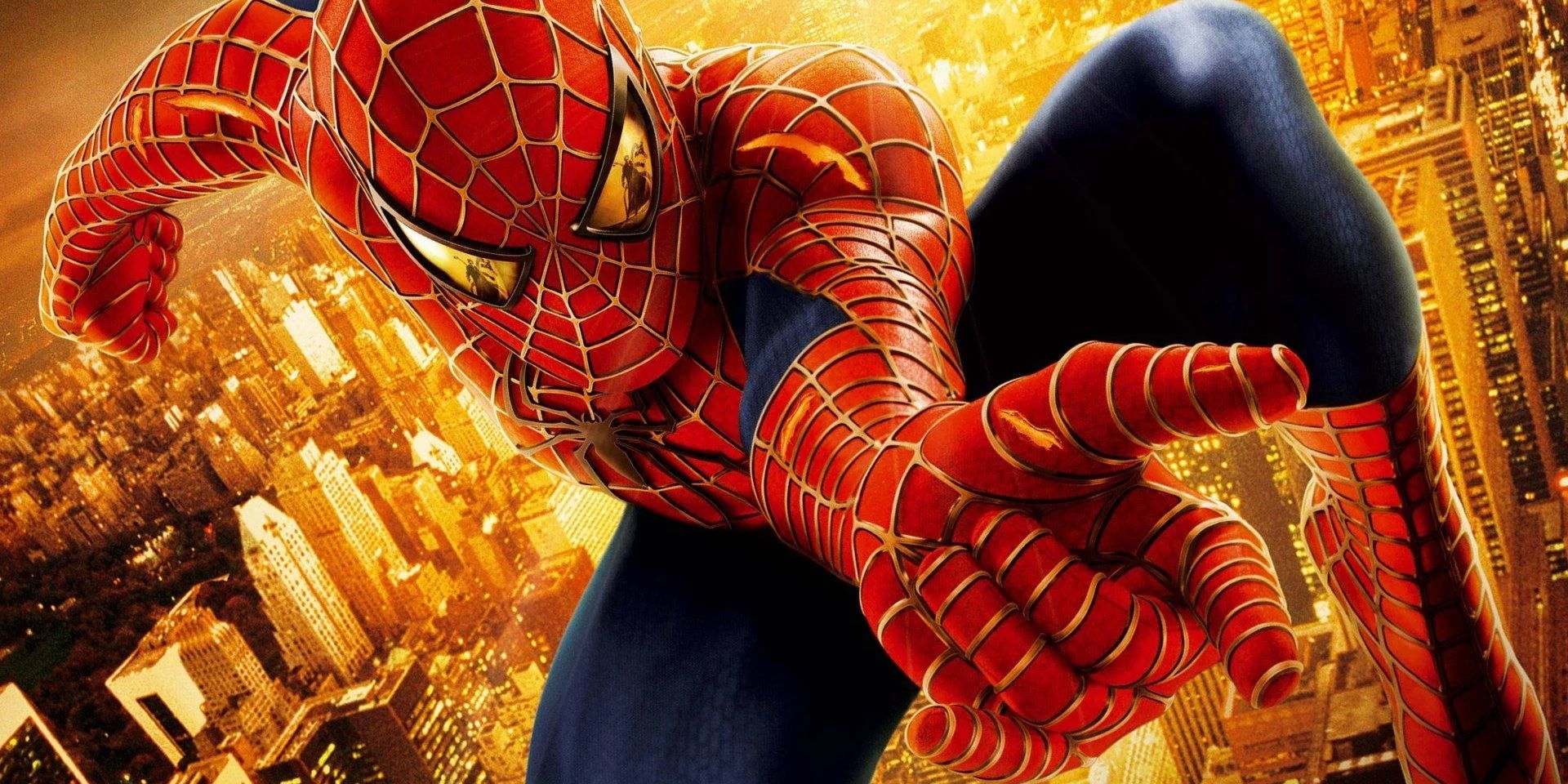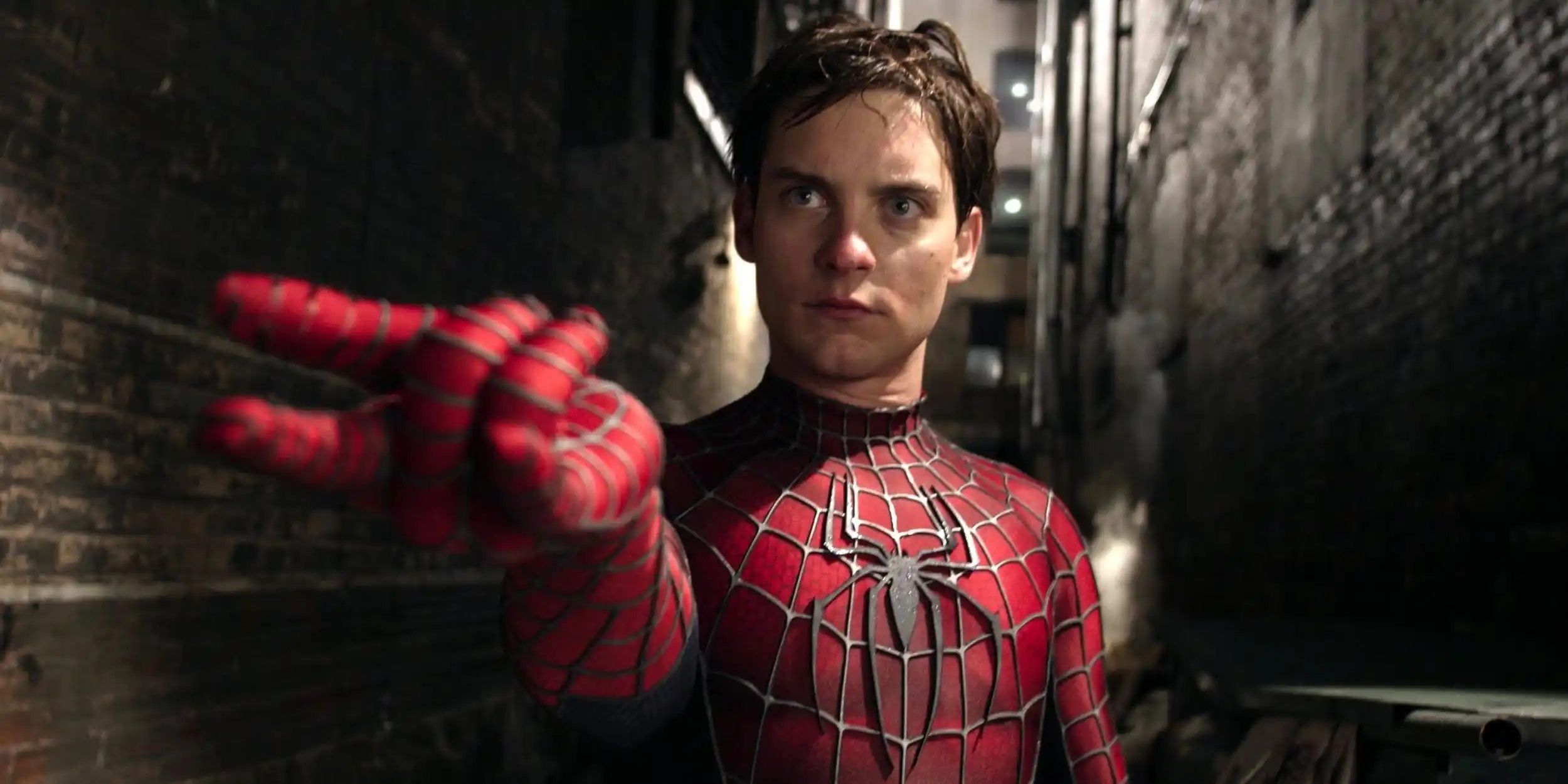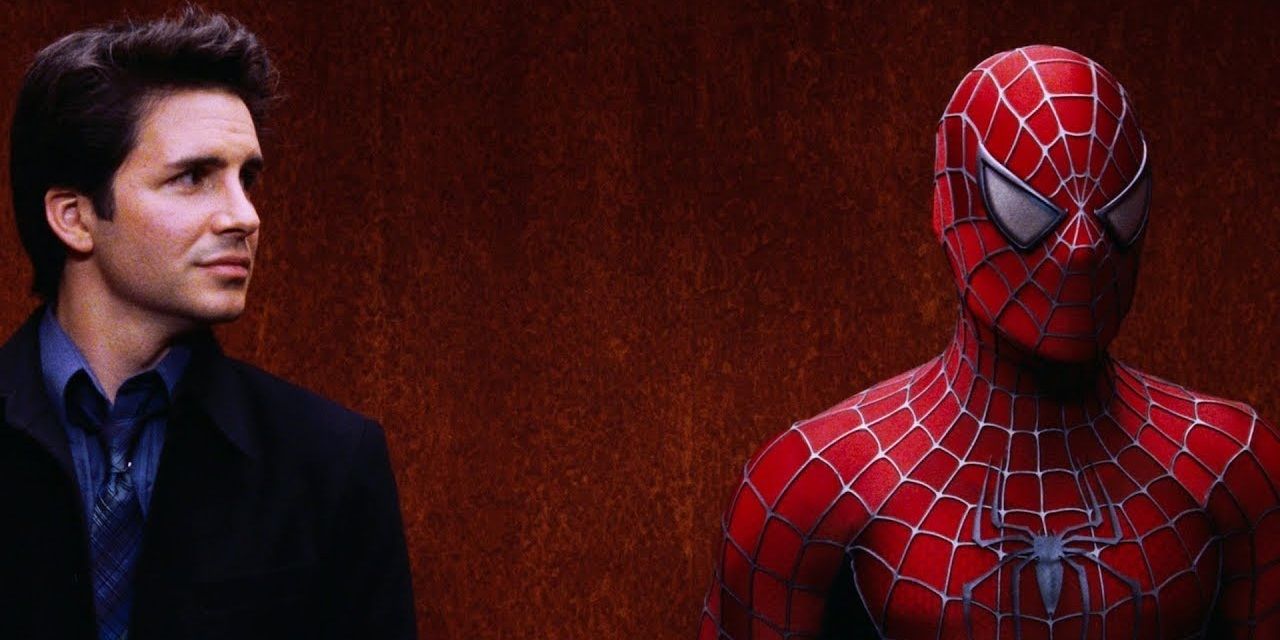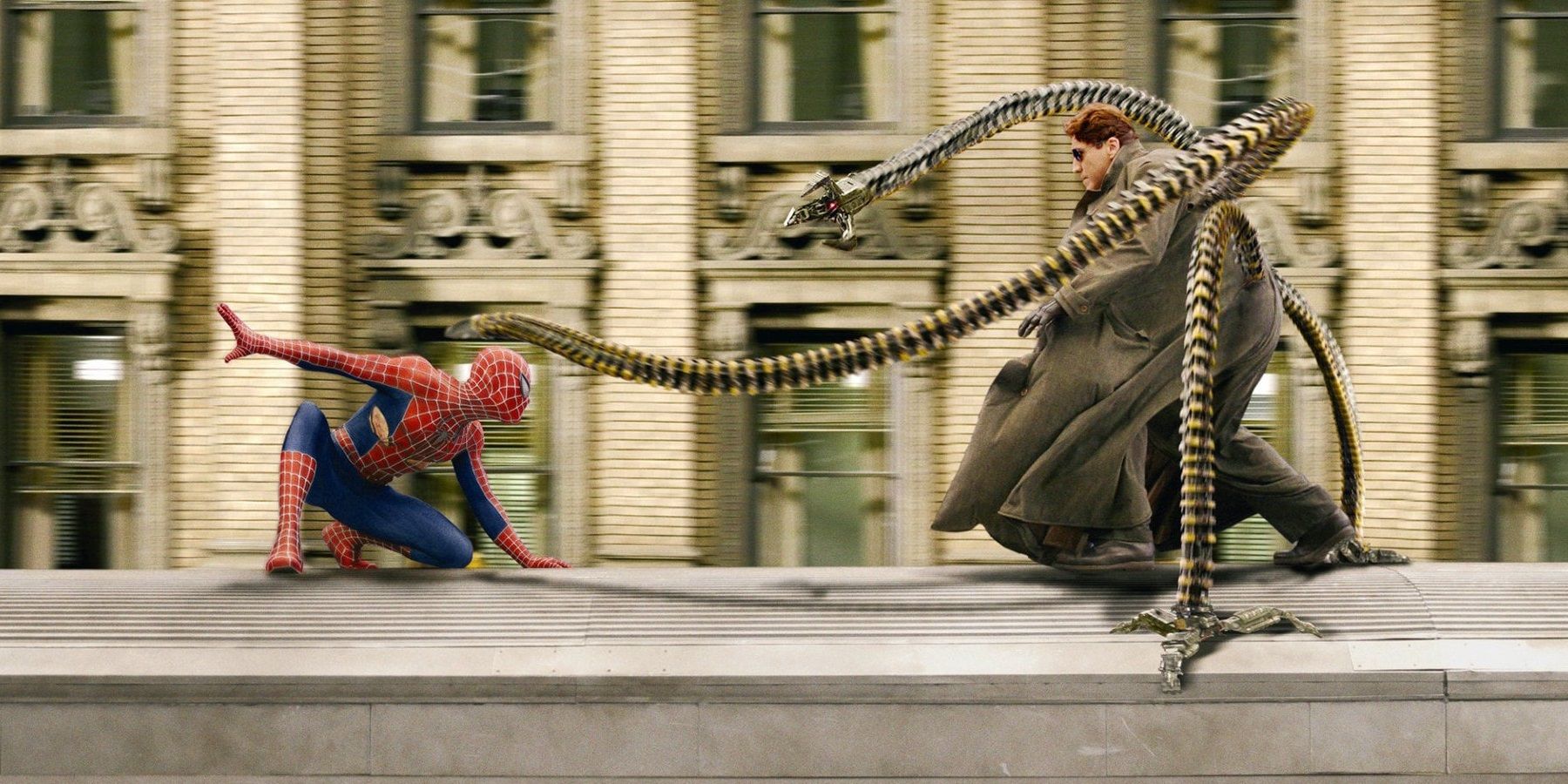Sam Raimi’s Spider-Man trilogy was hugely influential on its genre, and on blockbuster cinema as a whole. All these years later, in the age of cinematic universes, Spider-Man 2 still holds up as one of the greatest comic book movies ever made, if not the very best. Tobey Maguire brought new dimensions to his definitive portrayal of Peter Parker; Alfred Molina’s Doc Ock offers the perfect balance of mustache-twirling villainy and genuine pathos; set pieces like the train fight are still a spectacle to behold; and Spidey losing his powers creates an interesting conflict that forces him to confront whether he’s emotionally equipped to take on his “great responsibility.”
Despite critics praising Spider-Man 2 as possibly the greatest superhero movie ever made and one of the most satisfying sequels of all time, Raimi still felt the need to go back into the cutting room and re-edit it for a 2007 DVD release. Dubbed Spider-Man 2.1, the extended cut of Spider-Man 2 makes a bunch of unnecessary changes to an already perfect movie.
The extended cut of Spider-Man 2 adds eight minutes to the runtime, comprised of both deleted scenes scooped off the cutting room floor and elongated versions of existing scenes. But the editing choices in this new version are really bizarre and they all detract from the tonal balance of the movie. The new scenes are all superfluous and unnecessary, and slow down the flow of the story, like Mary Jane going shopping with her friends and J. Jonah Jameson dressing up as Spider-Man.
Spider-Man 2.1 spoils two of the movie’s funniest moments. The key to comedy is timing, and the timing works really well in the original edit of Bruce Campbell’s cameo appearance in Spider-Man 2. He plays an usher at the theater who gives Peter a series of little tips to improve his appearance, like tying his shoe and adjusting his tie, before finally denying him entrance into the theater. Spider-Man 2.1 extends this sequence and it goes on for too long for the bit to land as effectively.
The scene in the elevator is one of Spider-Man 2’s most hilarious moments. Spidey finds himself unable to shoot webs, so his only way to get down to the ground is to go into an office building and take the elevator. A man gets on the elevator and says, “Cool Spidey outfit,” mistaking him for a cosplayer. What makes this scene work so well is the understated awkwardness. In Spider-Man 2.1, there’s a completely different version of this scene. The guy in the elevator instead recognizes him as the real Spidey, introduces himself as a PR agent, and randomly starts snapping his fingers and pitching outlandish ways to spice up Spidey’s public image – it’s like watching Michael Scott do improv. This version of the scene is so zany and over-the-top that it plays like a comedic moment from a Michael Bay movie.
When Peter visits the doctor’s office and makes up a dream about being Spider-Man so he can talk about his insecurities without giving away his secret identity, the doctor tells him he has a choice to not be Spider-Man. This scene is a major emotional catalyst for Peter, but the poignant point of the scene is lost in the extended cut because the doctor rambles on with an aimless story before finally getting to the “you have a choice” part.
Spider-Man 2.1 isn’t the only alternate version of Raimi’s Spider-Man movies available on the home media market. The “editor’s cut” of Spider-Man 3 can be found in certain Blu-ray boxsets. This re-edit felt a little more necessary than Spider-Man 2’s, because unlike Spider-Man 2, Spider-Man 3 was panned by critics as a deeply flawed movie. Bob Murawski’s “editor’s cut” of Spider-Man 3 doesn’t change as much as fans might hope – it still has that infamous “Dig on this” scene in the jazz club – but it does minimize Venom’s controversial role and includes a few new scenes to deepen Peter and the Sandman’s arcs. It made much more sense to alter Spider-Man 3 than Spider-Man 2, because there was room for improvement in Spider-Man 3.
The lesson here is a pretty obvious one: re-edits should be reserved for movies that weren’t edited right the first time. Justice League needed a version that adheres to Zack Snyder’s vision as opposed to the watered-down studio version that made it into theaters. Spider-Man 3 needed to be tidied up with some additional editing, but its predecessor didn’t. The “Special Editions” of the original Star Wars trilogy made it abundantly clear that meddling in the classics is a bad idea. Spider-Man 2 didn’t need an alternate cut any more than The Dark Knight needs one. If a movie connects with audiences and has a profound effect that makes them want to revisit it over and over again, leave it alone.




